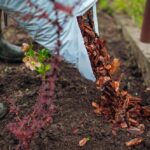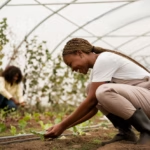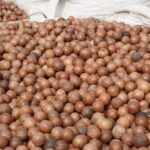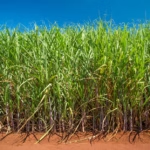Sugarcane is a widely cultivated crop in South Africa, known for its commercial value in the sugar industry. If you’re considering growing sugarcane in South Africa, whether on a large-scale farm or a small backyard plot, here are ten important things you should know:
- Climate and Region: Sugarcane thrives in warm and tropical climates. South Africa’s subtropical and warm temperate regions, such as KwaZulu-Natal and Mpumalanga, provide suitable conditions for sugarcane cultivation. Ensure that your region receives adequate rainfall or has access to irrigation water.
- Variety Selection: There are different sugarcane varieties available, each with its unique characteristics, including yield potential, disease resistance, and sugar content. Consult with local agricultural experts or extension services to select the right varieties suited for your specific region and farming objectives.
- Soil Requirements: Sugarcane prefers well-drained, deep, and fertile soils with good water-holding capacity. Conduct a soil test to determine the nutrient content and pH levels. Sugarcane generally prefers slightly acidic to neutral soil, with a pH range of 5.5 to 6.5. Amend the soil with organic matter and appropriate fertilizers based on soil test results.
- Land Preparation: Clear the land of any existing vegetation, rocks, and debris. Ensure proper land leveling and drainage to facilitate irrigation and prevent waterlogging. Use machinery or manual labor to prepare the land, ensuring it is suitable for planting cane sets or seedlings.
- Propagation: Sugarcane is propagated through cane sets, which are sections of mature sugarcane stalks. These sets should be disease-free, healthy, and cut into small sections with at least two or three buds. Plant the cane sets horizontally or at a slight angle, burying them in furrows or trenches.
- Spacing: Proper spacing is crucial for healthy growth and optimal yield. Sugarcane rows should be spaced about 1.5 to 2 meters apart, with a distance of 0.75 to 1 meter between individual cane sets. Adjust the spacing depending on the variety, soil fertility, and irrigation availability.
- Irrigation: Sugarcane requires adequate and consistent water supply throughout its growth cycle. Ensure reliable irrigation systems, especially during dry periods or when rainfall is insufficient. Drip irrigation or furrow irrigation systems are commonly used in sugarcane cultivation.
- Weed Control: Effective weed management is necessary to prevent competition for nutrients, sunlight, and water. Implement integrated weed control strategies, including mechanical cultivation, herbicide application, and manual weeding. Regular monitoring and timely intervention are crucial to maintaining weed-free sugarcane fields.
- Pest and Disease Management: Sugarcane can be vulnerable to pests and diseases, such as aphids, armyworms, nematodes, and fungal infections. Employ integrated pest management practices, including monitoring, cultural practices, biological controls, and judicious use of pesticides when necessary. Regular scouting and early intervention are key to managing pests and diseases effectively.
- Harvesting and Processing: Sugarcane is harvested when it reaches maturity, typically after 12 to 18 months of growth. Harvesting is done by cutting the stalks close to the ground using machetes or specialized machinery. Once harvested, the sugarcane is transported to a processing mill where it undergoes extraction, clarification, evaporation, and crystallization processes to obtain sugar and other by-products.
Growing sugarcane in South Africa requires careful planning, attention to detail, and adherence to recommended practices. Stay updated on local research and industry guidelines, and seek advice from experienced sugarcane farmers or agricultural experts. With proper care and management, you can cultivate a successful sugarcane crop and contribute to South Africa’s sugar industry.









